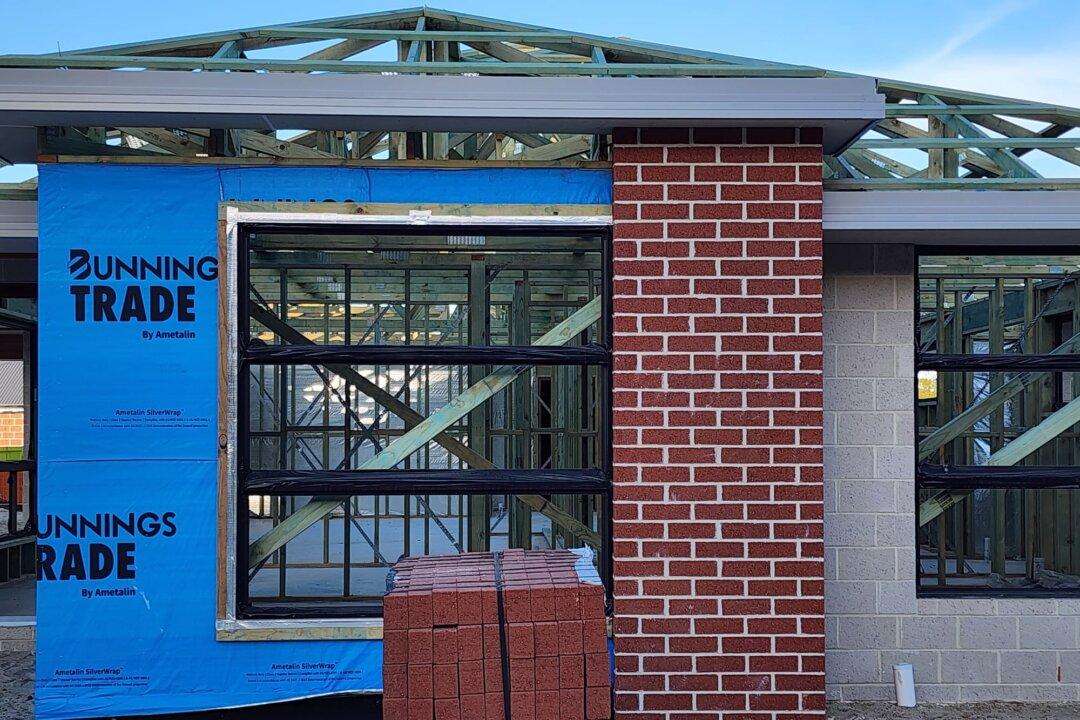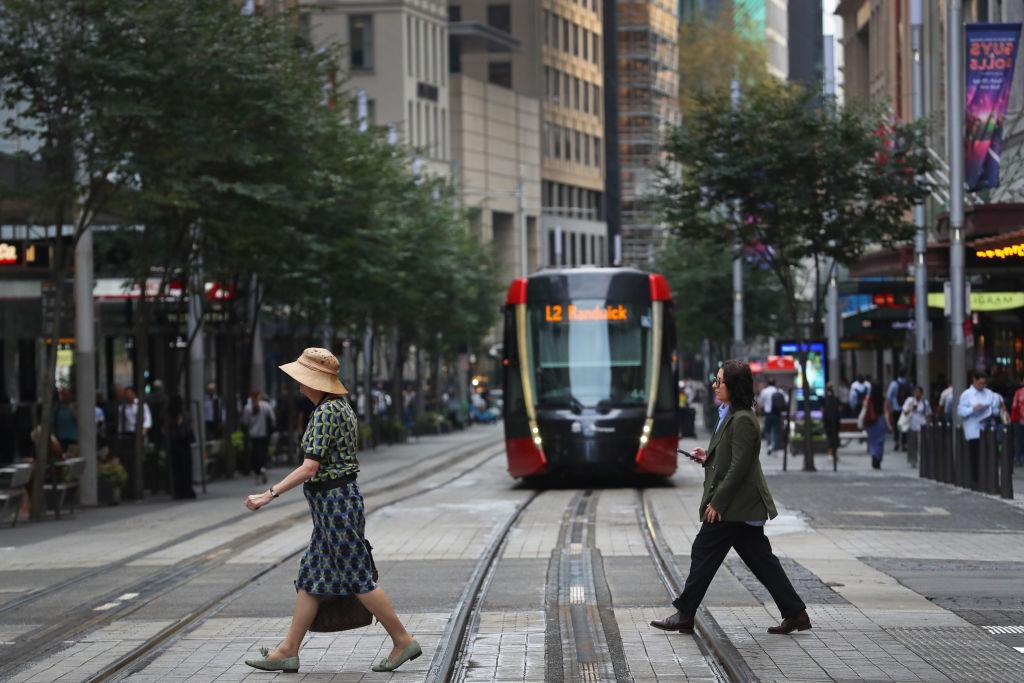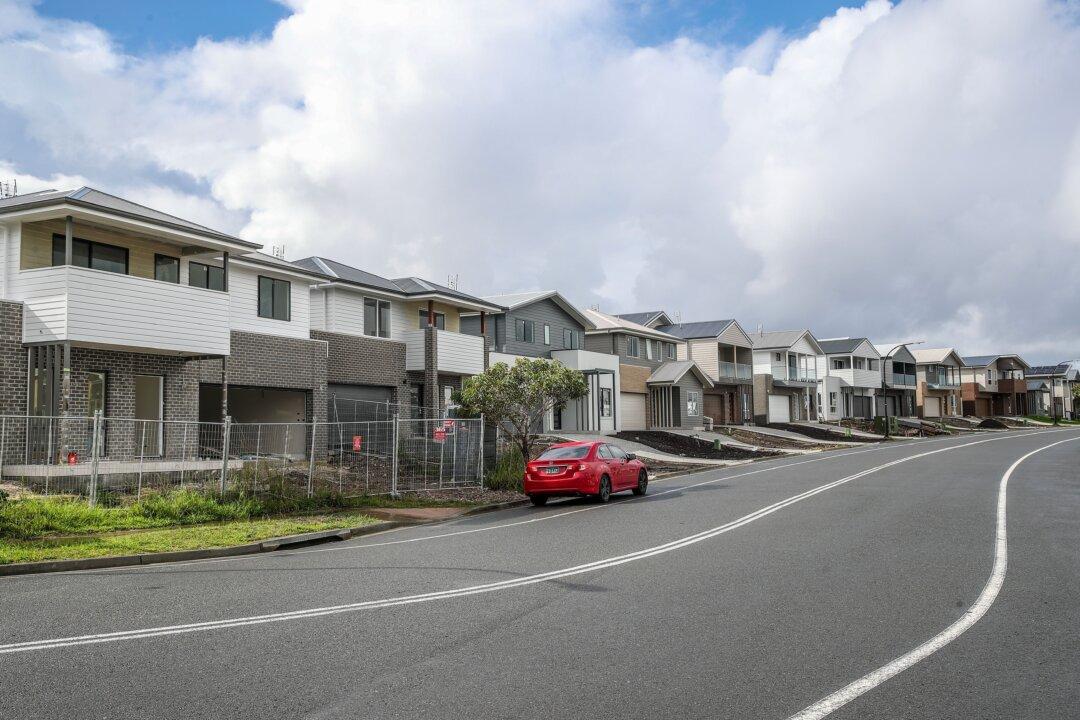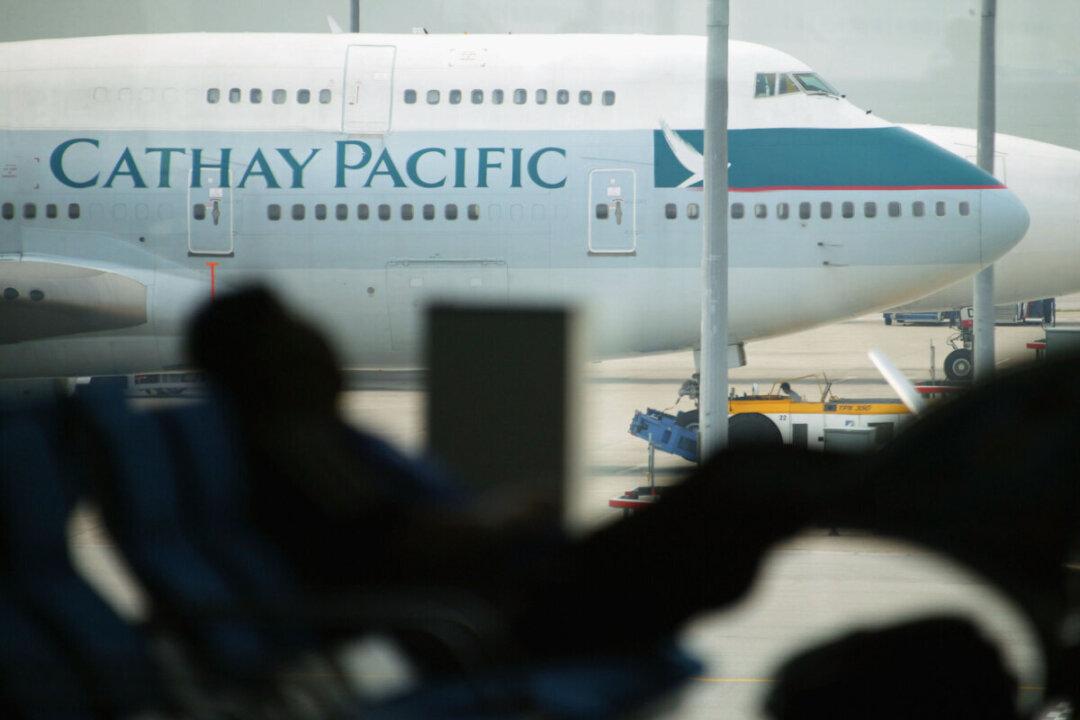The Albanese government is expected to fall short of its target to build 1.2 million homes over the next five years amid poor planning and a shortage of skilled workers.
According to forecasts from Master Builders Australia, the national voice of the building and construction industry, only 1.09 million new homes are projected to be built from July 1, 2024, to June 30, 2029, leaving a shortfall of over 112,000 homes compared to the National Housing Accord’s target.




